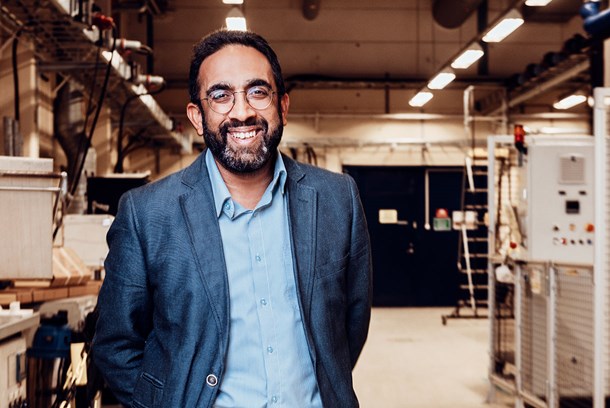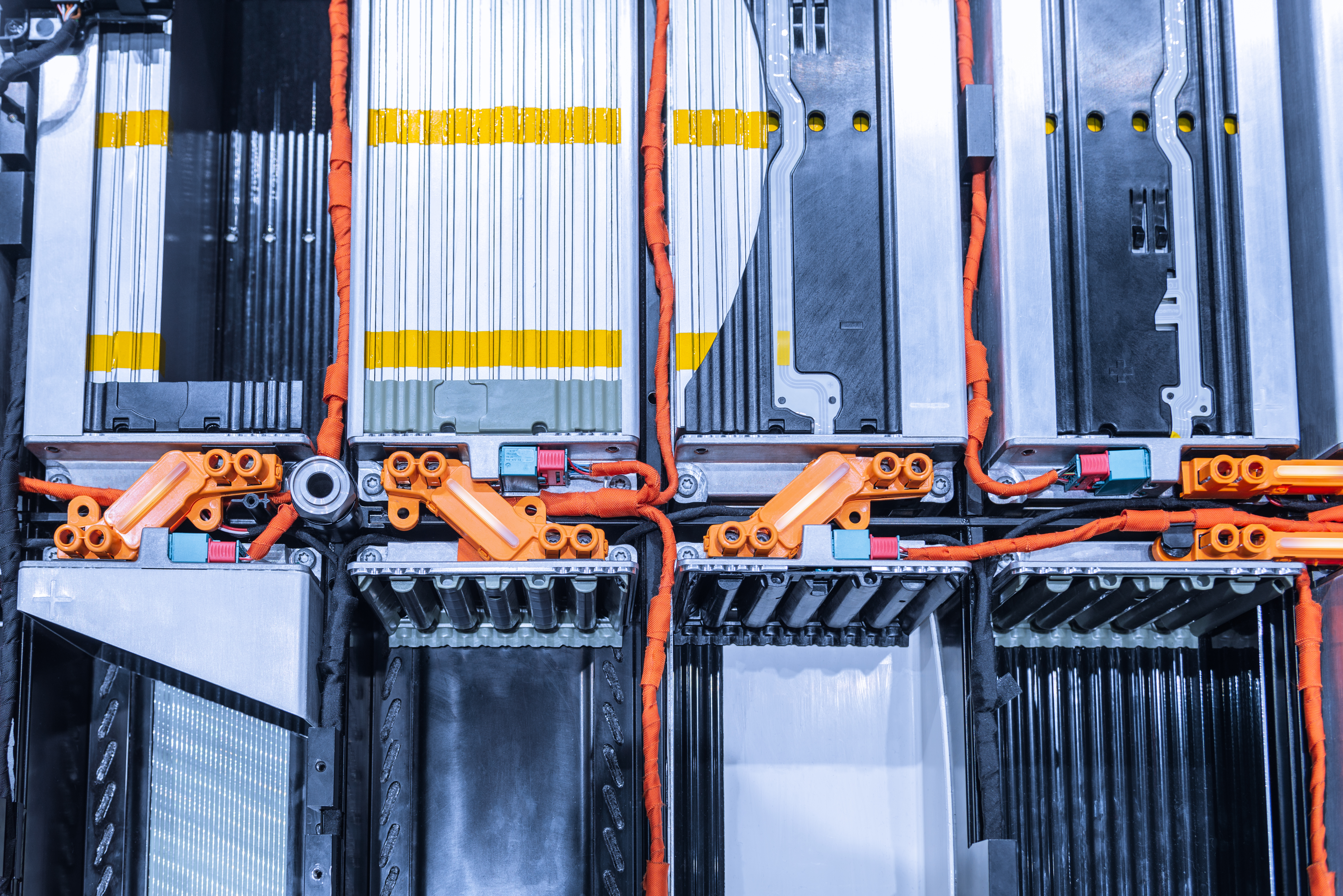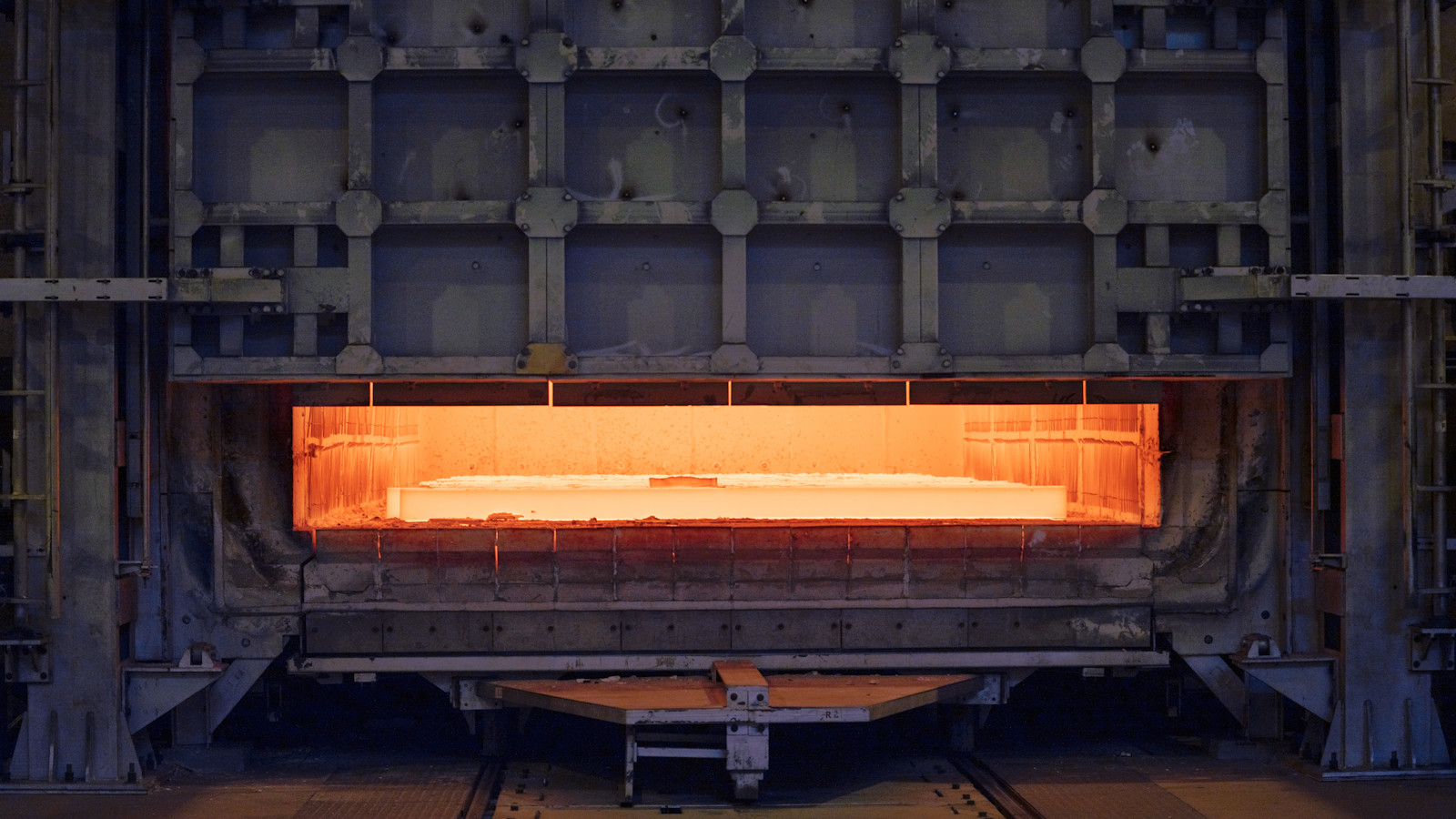As the world seeks new ways to reduce its CO2 emissions, electricity is looking hotter than ever. Nowhere more so than in transportation and heating solutions, where electricity is expected to account for an increasing share of the global energy mix in the future. And wherever electric heating is a challenge, Kanthal, an Alleima company, is ready to provide the solution.
Electric heating can be used across a wide variety of industrial processes, where it has the potential to significantly reduce carbon emissions. By replacing conventional gas heating in heat treatment processes with electric solutions, manufacturers stand to make significant gains, both when it comes to improving energy efficiency and cutting carbon emissions. Electrification also results in enhanced thermal efficiency, and a safer, cleaner working environment, and can contribute to quality improvements.
More than 90% thermal efficiency
Since electric heating involves no combustion, it has the potential to eliminate CO2 emissions from the heat treatment processes, provided the electric power supply is fossil-free, and NOx and SOx emissions will always be zero regardless of the electricity source. Moreover, the thermal efficiency of electric heating is more than 90%, due to the directness of electric (resistance) heating. This allows almost all the energy input to be converted into heat – unlike gas heating which offers an average efficiency of only 50%.
Electric heating allows for more precise temperature control, less monitoring of the heating process, and uniform heating. The maintenance requirements of an electric heating system are minimal when you compare it with a system with hundreds of burners, that often require daily maintenance.
With so many indisputable advantages, electrification may seem like a no-brainer, which begs the question, why is it not already happening to a greater extent?
Misconceptions about electric heating
 According to Dilip Chandrasekaran, Director of Business Development at Kanthal, a world leader in sustainable heating technology, many of the major obstacles are linked to a series of widely held misconceptions.
According to Dilip Chandrasekaran, Director of Business Development at Kanthal, a world leader in sustainable heating technology, many of the major obstacles are linked to a series of widely held misconceptions.
“There is still a widespread belief that electric heating cannot deliver the power output and temperatures required for many industrial processes, but we have already proven that our electric heating solutions have no problems with this", says Chandrasekaran, adding: “There are many processes within steel manufacturing that can be electrified today and there are other processes that are close to being electrified with just some additional development work. We’re ready to work together with many other manufacturers going forward to help develop bespoke solutions to suit their needs.”
 As Kanthal’s VP and Acting President of Business Unit Heating Systems, Rickard Dahlgren, explains, the company offers electric heating solutions up to temperatures as high as 1,850C, while also offering high energy intensity compared to gas-fired heating, and is scalable to large industrial operations.
As Kanthal’s VP and Acting President of Business Unit Heating Systems, Rickard Dahlgren, explains, the company offers electric heating solutions up to temperatures as high as 1,850C, while also offering high energy intensity compared to gas-fired heating, and is scalable to large industrial operations.
“In combination with access to fossil-free electric power, electric heating is a key enabler of the transition to a fossil-free future,” he says.
“Demand is surging,” says McKinsey
Leading management consulting firm McKinsey tends to agree. A recent report entitled “unlocking opportunities from industrial electrification”, makes the case that “electrification is underway, and demand is surging across the value chain”.

The report argues that, with demand already increasing for “key assets including wind and solar systems to supply green power, heat pumps to decarbonize the space and water heating of buildings, battery energy storage systems to respond to an increasingly intermittent grid, electrolyzers to produce green hydrogen, and electric-vehicle charging infrastructure to support a paradigm shift in the mobility industry,” companies along the value chain will need to take quick action to adapt.
“The companies that emerge as industry leaders will be those that take action now and back up their plans with judicious investment,” continues the McKinsey report.
Electricity consumption to continue increasing
As electric uptake continues to accelerate, due to a mix of environmental factors and the growing accessibility of modern electric solutions such as Electric Vehicles (EVs) in combination with the energy supply complications exacerbated by the war in Ukraine, McKinsey’s Global Energy Perspective 2022 projects a significant increase in global electricity consumption over the coming years. Based on current trends, without considering the potential for even more aggressive decarbonization targets, McKinsey predicts that electricity demand will more than triple, rising from about 83 million terajoules (TJ) in 2020 to more than 252 million TJ in 2050.
Rickard Dahlgren says that the current boom in electric solutions is driven by a combination of environmental and climate concerns, combined with growing political pressure.
“As politicians and regulators becoming increasingly willing to incentivize renewable electricity production, there will be more and more opportunities to make the switch not only to electric power but, even more importantly, to green electric power,” he says, adding that major industry players are starting to position themselves to take advantage of this opportunity.
Kanthal is optimally suited to high-temperature heating
Dahlgren explains that Kanthal is ready to support this transition in any industrial process that requires heating at high temperatures.
“When we start talking about furnaces operating at really high temperatures, that’s where our expertise is truly market-leading,” he continues.
 Building on Kanthal’s more than 90 years of expertise in electric heating, Alleima is in an excellent position to serve industrial customers as they transition from fossil fuel furnaces to electrical furnaces.
Building on Kanthal’s more than 90 years of expertise in electric heating, Alleima is in an excellent position to serve industrial customers as they transition from fossil fuel furnaces to electrical furnaces.
Kanthal offers a wide range of products and solutions for sustainable industrial electric heating. It has both state-of-the-art technology and market-leading expertise, as well as the global presence that customers need to support their electrification journey.
Its unrivaled product range includes materials for electric heating and heat-resistant applications, supplied primarily to customers in the industrial heating and appliance segments. The offering also includes ceramic and metallic resistance-heating furnace elements, and radiant modules and tubes for heating systems that generally require a higher degree of processing and refinement prior to delivery to customers.
Emerging and traditional sectors

Moreover, Kanthal’s focus on emerging subsectors such as the fast-growing semiconductor, solar power, and lithium-ion battery sectors, means that it is ready to support gas-to-electric conversions in these key industries. The company also has extensive experience in the delivery of electric heating solutions to more traditional industries such as steel and metallurgy.
For example, a current challenge in the steel industry is the need to scale up the size of the furnaces. Kanthal is working closely with leading research and industry partners to support this transition with its market-leading electric solutions.
Another challenge that the steel industry is facing is how to decarbonize the emission-intense iron reduction process. One route is to replace coal with hydrogen, but that requires pre-heating of the hydrogen at a scale that has never been done before. With its long experience and R&D capabilities, Kanthal is well-positioned to develop solutions to enable this green transition.
“As a company, we are driven by our commitment to sustainability – promoting sustainable, climate-forward solutions both in our own operations and those of our customers,” concludes Dahlgren. “We believe in developing technologies that enable our industrial partners to emit less and, thus, ultimately, benefit humanity.”
